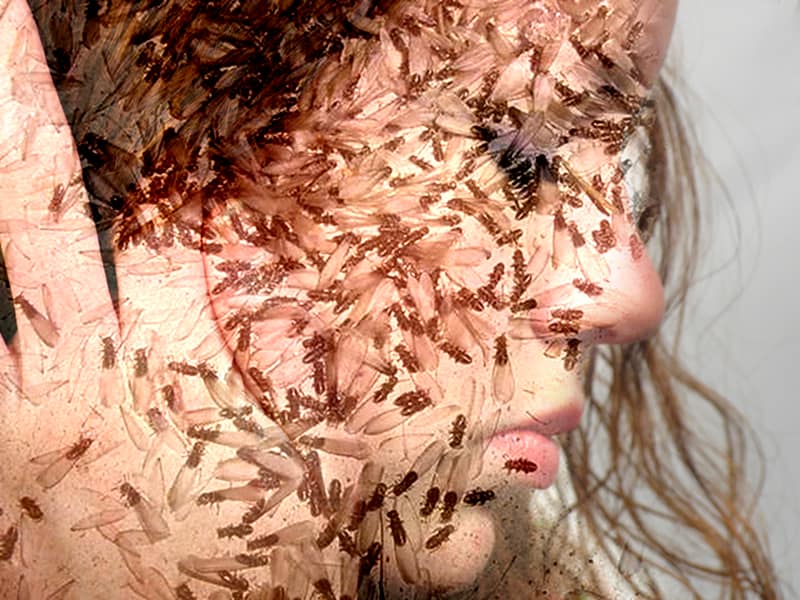This second instalment of “new and noteworthy books” provides an overview of several interesting new psychology books and resources that have recently become available in the RUG library collection. Feedback is very welcome! You can send your comments, acquisition suggestions, or questions to a.w.sprik@rug.nl. Or leave a comment below. The handbook of disgust research: Modern […]
Detached from its original adaptive function, disgust can be experienced in response to one’s body fat and other bodily aspects. Facilitated by a prevailing objectification of female bodies in today’s society, the experience of disgust towards one’s own body may help to understand why body image disturbances are so persistent.
Though disgust is a universal emotion, little is known about how it emerges. It is assumed that disgust primarily helps us avoid contaminants and diseases. However, disgust responses are not always adaptive. For example, people with a phobia may experience extremely high levels of disgust.
What are the clinical implications of a less functional interplay between sexual arousal and disgust? If sexual arousal is low, then perhaps the disgusting properties of relevant stimuli for pleasurable sex, and the hesitation to approach these stimuli, are not suppressed. This can give rise to sexual problems.
Sexual stimuli are among the strongest elicitors of disgust. So how do people succeed in having pleasurable sex? We tested the idea that perhaps sexual arousal can temporarily reduce the aversive properties of otherwise disgusting stimuli, thereby lowering the threshold for engaging in ‘‘disgusting sex.’’





